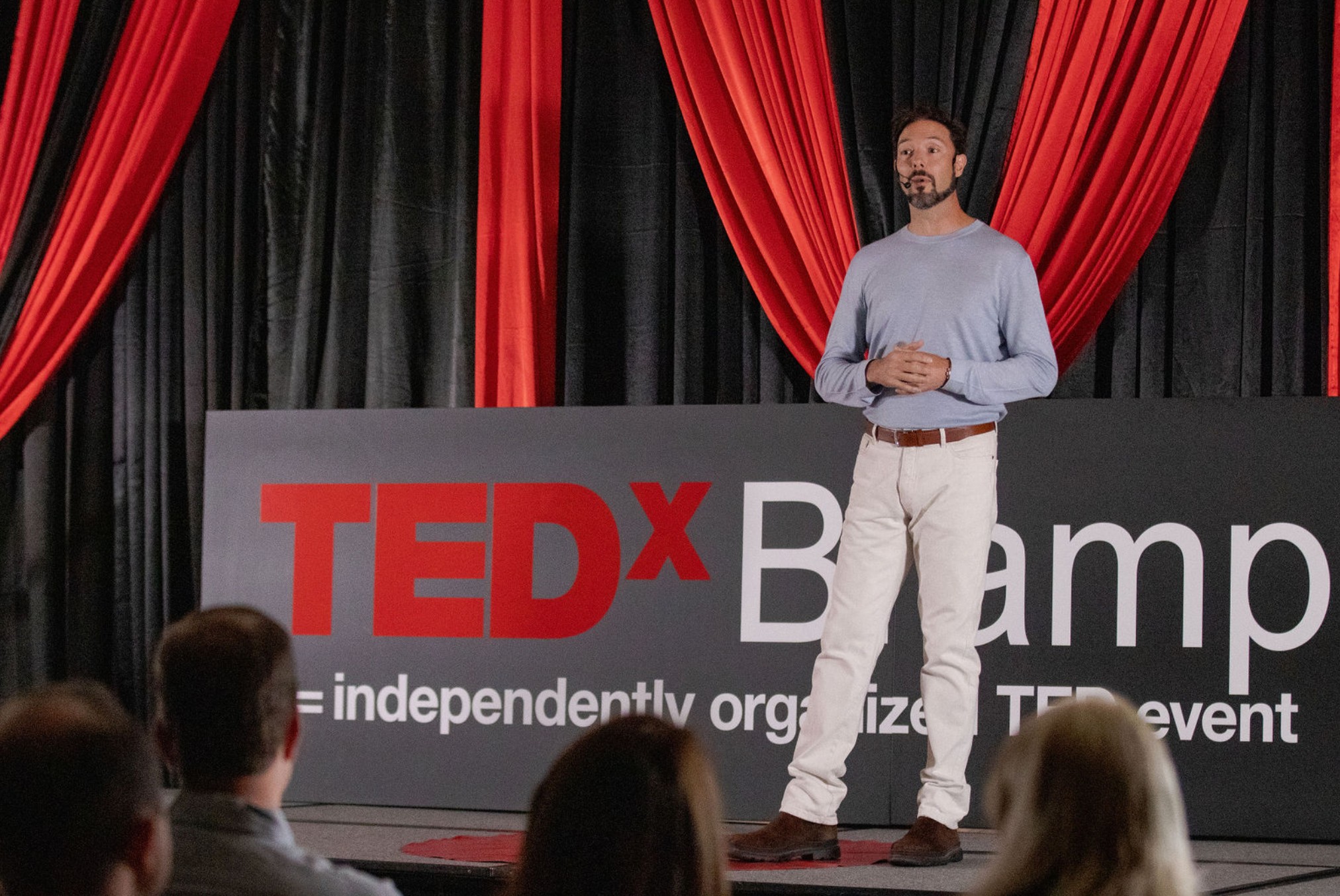Failures are things that we look back upon and feel sad or even ashamed ever happened. We commonly seek to hide them and to downplay them. We bristle when someone mentions one of them to us. We simply want to move on, and forget that they ever happened. Many of us miss what an opportunity for growth our failures can be.
When we look at our failures and see… well failures, we are only viewing one side of the coin. One half of the equation. Failures have mountainous amounts to teach us if we just look. Society has conditioned us to feel shame over our failures. Yet, it is an impossible benchmark to expect to succeed at everything we try, so we are setting ourselves up for disappointment when we inevitably do fail at something. This Leads to people either having far to high standards for themselves or not being ambitious and/or not trying new things.
With the way that failure is viewed today people either have to high a standard and expect to never encounter failure, or they simply do not venture beyond their zone of comfort. The latter is the more common of the two. People prefer to stick to what they are familiar with. Look at what the school system reinforces.
The worst thing in school is to get a question wrong, or to raise your hand and say the wrong thing. We have to tone down our fear of failure. It is not the end of the world, or our social standing. Sometimes you have to get out there and fall flat on your face in the mud.
What do you do next? Well, what you do is you pick yourself up and find out what you could have done better and do that again and again. Because this is the only way we improve and grow.
Examine what we did wrong and then fix or improve it. Let’s say that it is a flat out failure. That is alright. There is no life rule that says that stuff has to always work out, and we must be ok with that. The great explorers of the early twentieth century did not just say well exploring is really not my thing after a failed expedition. Yes, of course they did not; they were tenacious in the face of repeated failures.
If they can, then so can you and me. Their line of work was far more demanding and dangerous, and their failures were often fairly public. Yet that did not stop them. We should seek to emulate this and not be afraid to take chances and fail in an epic fashion. On the topic of getting over the fear of failures Tim Ferris asks you to imagine the worst case scenario with regards to your new venture.
He says something to the effect of and this is a paraphrasing, “you need to ask yourself: is this the condition I so feared?” The intention of this is to get us to realize that even our worst failure would probably not be as bad as we think it will be. Hence, lessening the affect of the fear.
We can always look to the colossal failures from history to put our own in perspective. Thus, we will be taking a look at Napoleon’s failed invasion of Russia, and most importantly, how he bounced back from it. Napoleon invaded in 1812 A.D. with 685,000 troops. Up until that point, it was the largest army ever to be assembled in the history of warfare. At first, Napoleon found success. He won several small and one major victory, but after that his sought after decisive victory was elusive. He narrowly won the battle of Borodino, which was the bloodiest single day of fighting that the Napoleonic Wars saw. The battle had 72,000 casualties. This marked the beginning of the end for Napoleon. The Russians had employed scorched earth tactics up until this point, leaving the French army to depend on a supply system that was not able to sustain them.
After the inconclusive battle of Maloyaroslavets, the French army began a rapid retreat across Russia. Lack of fodder for their horses, starvation, hypothermia, guerilla warfare, and multiple losses in pitched battles made it so that the French army reached the river Berezina(which lies in modern day Belarus) with 27,000 men. Over the course of the campaign the French lost 380,000 men dead and 100,000 captured. The campaign was a colossal failure, yet Napoleon got back on the horse, literally. He continued pursuing his goals. Even though he would eventually be overthrown and forced into exile two years later in 1814 A.D.
The old saying, “seven times down eight times up” is still true. We need to be dogged and be prepared to meet with failure. When we approach failures wanting to learn from them and do better next time, we will progress. Stagnation rarely leads to progress. It is OK for failure to be painful. We are not in some state that is to be avoided like the plague when we fail and feel terrible.
It is part of the human experience. It is how we bounce back from failure, and how we deal with that pain that lets us push forward. Even if it means taking several steps back first. We should strive to always seek growth after our failures. The right attitude is not “I feel so bad why did I try this?” The right attitude is: “OK this sucks, but what can I learn?” “What can I do better next time?”
Failing is a touchy concept, and one that is often filled with fear and aversion. But failure is often a gateway to growth and to overcoming obstacles. We should approach our failures with a mindset of growth and improvement. We should always be seeking to improve and learn. Learning from our failures will propel us towards our next success. There is a great saying that goes “we win or we learn,” and there is no downside to this approach. It is a fact of life that we will have to conquer demons on the path. They should be expected.
Your Challenge: First, it is important to notice how you feel following a failure. It is important to practice mentally climbing out of the hole, or talking yourself down from the ledge, so to speak. Thus, our challenge to you is twofold. First, map out how long it takes you after a failure to really go for something new. First just try and reduce how long it takes you to seriously try at something again following a failure by half. Second, shift your mindset so that you think about your failures in a different, less negative light. Shift how quickly you mentally bounce back. Process failures as changes to grow. The mental changes will likely be more difficult to ingrain as habits than the behavioral changes in this challenge.




